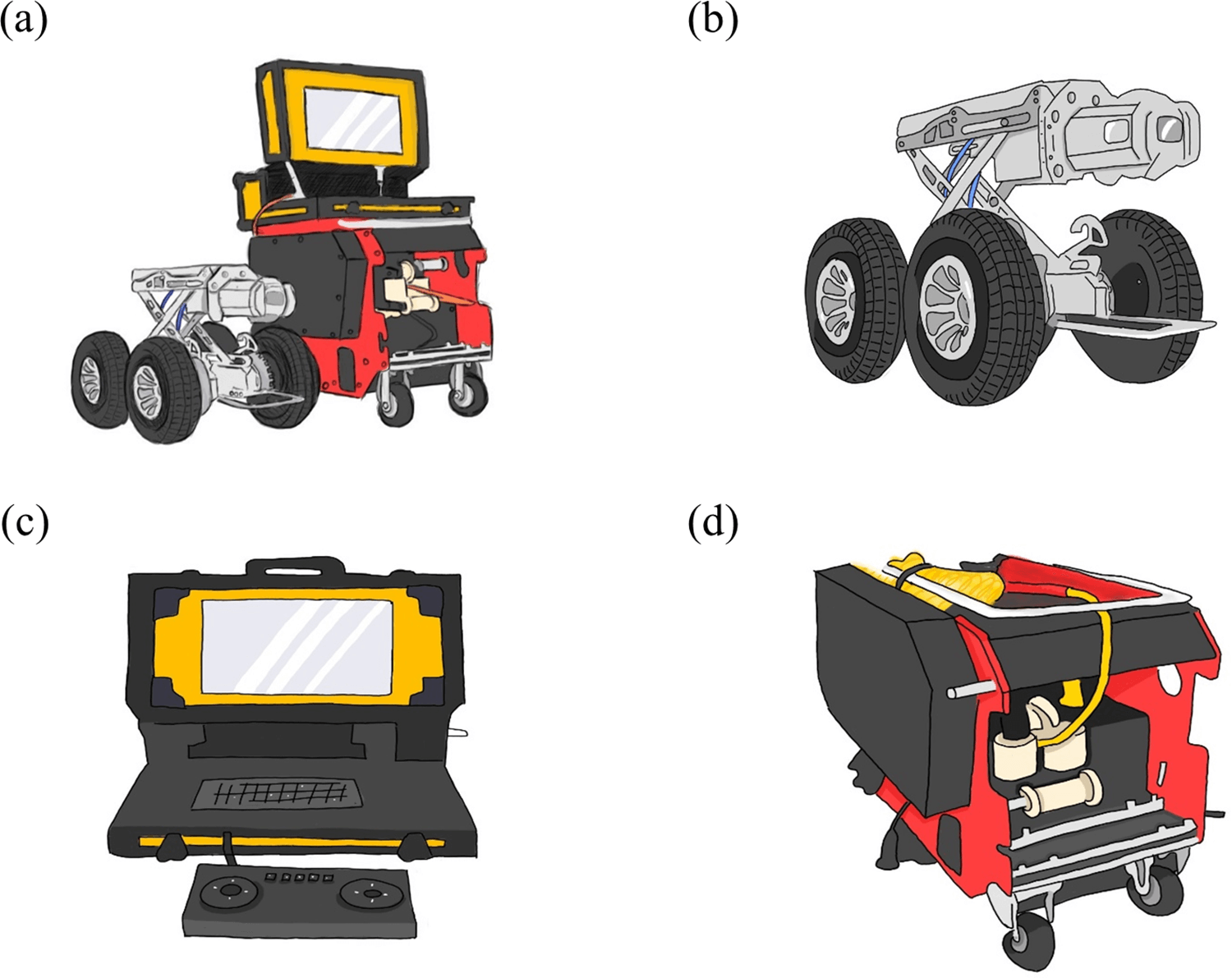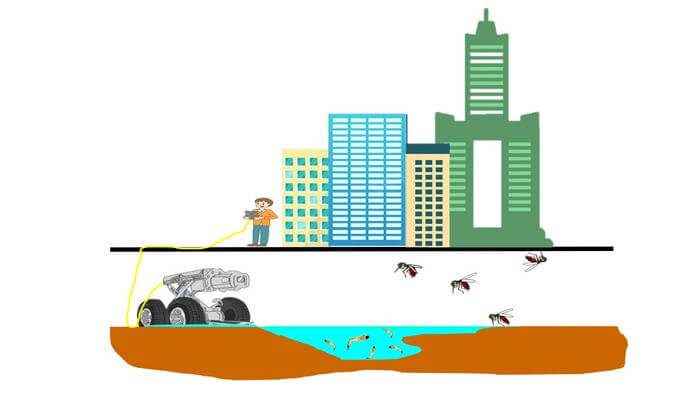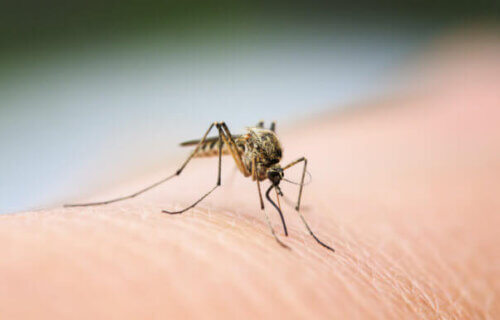MIAOLI, Taiwan — Summer is here and that means one thing — mosquitoes and other outdoor pests are everywhere! Now, a robotic vehicle reminiscent of those in the classic “Thunderbirds” TV series is helping to combat disease-carrying mosquitoes in sewers.
A recent study has demonstrated the effectiveness of an unmanned ground vehicle (UGV) system in monitoring sewers for mosquitoes in Taiwan, with the aim of eradicating these pests. This robot truck is designed to identify and eliminate the breeding sources of mosquitoes that can carry potentially fatal illnesses, such as dengue fever, to urban areas.
Dengue fever is an infectious disease caused by the dengue virus, which is spread by various mosquito species. These same species can also carry other diseases such as chikungunya, yellow fever, and Zika. Sewers in towns and cities have become ideal breeding grounds for mosquitoes, and current mosquito monitoring programs often struggle to assess the density of these insects in hidden areas.

To tackle this problem, researchers have developed the UGV system, integrating a crawling robot, a wire-controlled cable car, and a real-time monitoring system. This system can capture high-resolution, real-time images of areas within sewers.
The system was utilized from May to August 2018 in five administrative districts of Kaohsiung City, Taiwan. Researchers specifically deployed it in areas with covered roadside sewer ditches, which the team suspects are mosquito hotspots. Mosquito “gravitraps” were placed above the sewers to monitor the effects of the UGV intervention on the adult mosquito population in the area.
In 20.7 percent of the inspected sewers, the system detected traces of mosquitoes, ranging from larvae to adults. In sewers where the presence of mosquitoes was confirmed, additional prevention control measures were implemented, using either insecticides or high-temperature water jets.

Following these interventions, the gravitrap index (GI) – a measure of the nearby adult mosquito density – significantly decreased from 0.62 to 0.19, demonstrating the immediate effectiveness of this approach.
“The widespread use of UGVs can potentially eliminate some of the breeding sources of vector mosquitoes, thereby reducing the annual prevalence of dengue fever in Kaohsiung city,” the study authors explain in a media release.
The findings are published in the journal PLoS Neglected Tropical Diseases.
You might also be interested in:
- Perfectly smelly? Mosquitoes hunt for the right body odors before biting humans
- Best Mosquito Repellent: Top 5 Products Most Recommended By Experts
- Best way to get rid of mosquitoes — could be deactivating their sperm
South West News Service writer Stephen Beech contributed to this report.

